
bystander CPR (chinese subs) YouTube
The CPR faced two very big problems as soon as it was founded. It did not have enough money. And it did not have enough workers. The government solved the first problem. It provided millions of dollars to the CPR. The second problem was solved by employing Chinese workers. The CPR employed approximately 15,000 Chinese workers.
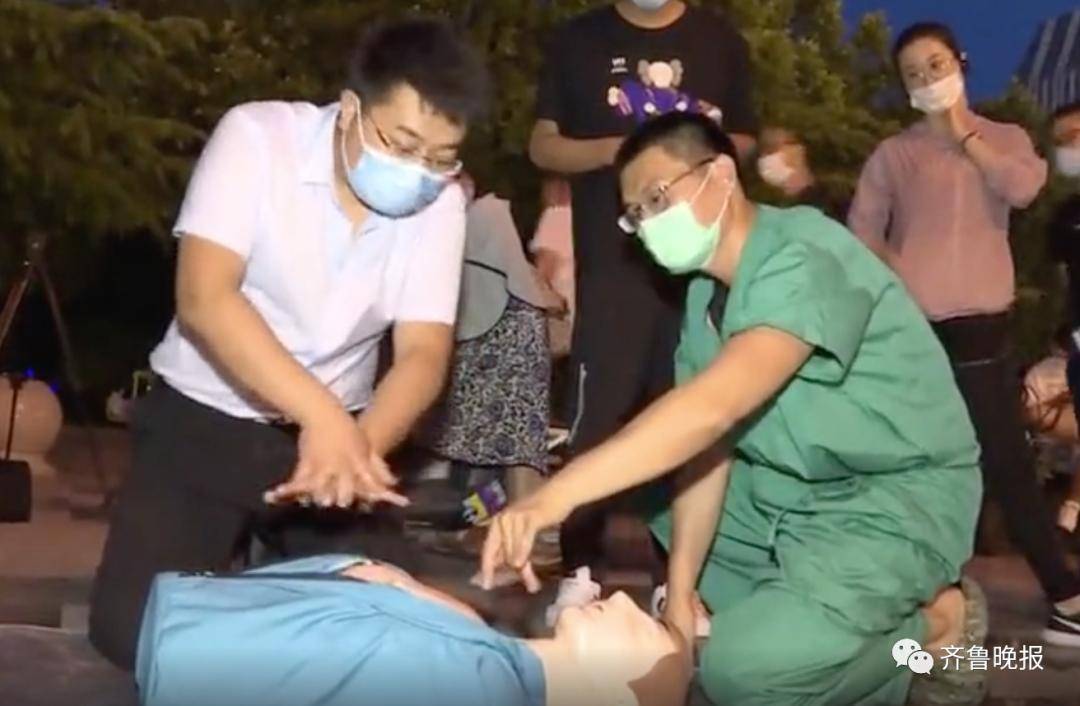
Chinese doctor voluntarily teaches passersby to perform CPR on street
Chinese labourers working on the Canadian Pacific Railroad in 1884. Image credit: Boorne and May/Library and Archives Canada/Ernest Brown fonds/e011303100-017_s2. The memorial captures this trestle mid-construction, with two life-size cast bronze Chinese workers by Francis LeBouthillier precariously lifting a beam into position atop the.
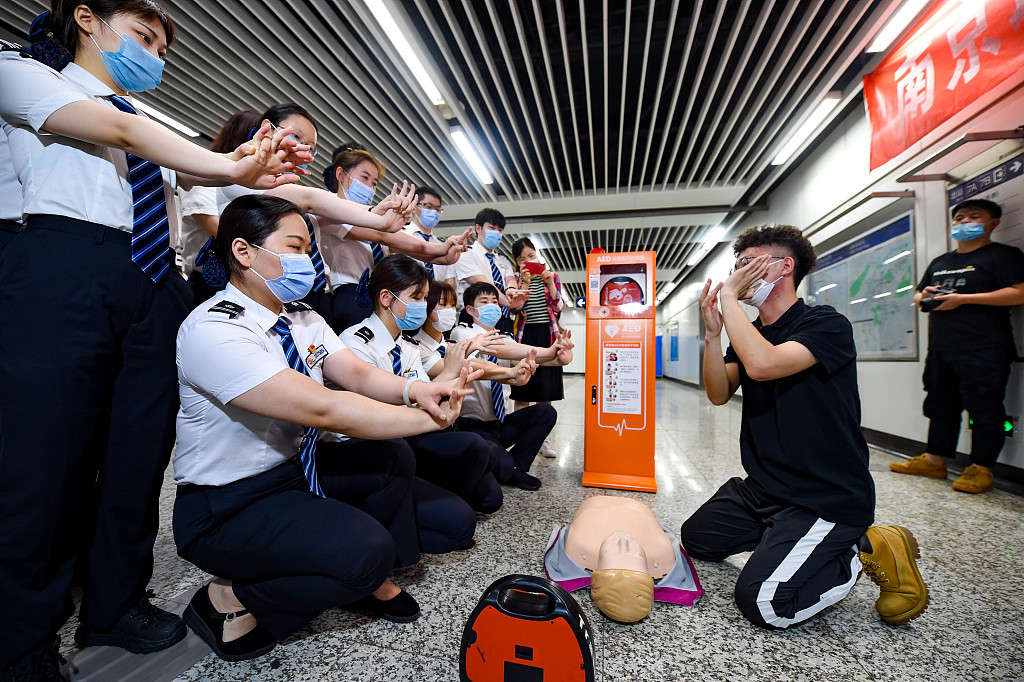
China makes CPR part of school curriculum CGTN
VIDEO: Chinese railroad workers and the CPR - examines the history of Chinese laborers on Canada's first megaproject, the Canadian Pacific Railroad, which brought new economic and transportation possibilities to a young nation, but at a severe human cost, including sickness, malnutrition, and shunning by society.

QINHUANGDAO, CHINA MARCH 15, 2023 Runners perform cardiopulmonary
Chinese Labourers and the CPR. Some 15,000 Chinese labourers completed the British Columbia section of the CPR, with more than 600 of them perishing under adverse working conditions during this essential construction. Largely because of the trans-Canada railway, Chinese communities developed across the nation.

CPR Chinese Navvy (Heritage Minute) YouTube
Overview of the set. This set of History Docs invites students to determine what life was like for Chinese railway workers building the Canadian Pacific Railway after examining a variety of primary and secondary sources including photographs, newspaper articles, telegrams, websites and books. Click on the thumbnails below to view enlarged.

A Tribute to the Chinese who Helped Build the CPR, Part I Ramona McKean
It frames the CPR's attitude and action throughout 1881-1885, as the Chinese workers were paid a low wage which they quickly used up to supply their own food and supplies to work, while white workers were fully provided for. 9 The basic human needs of Chinese workers for rest, food, and shelter were disregarded, but they remained a vital energy source for the railway. The CPR treated Chinese.

Medical Staff In China Performed CPR For Five Hours To Keep An 8Year
Chinese Construction Workers on the Canadian Pacific Railway. In the early 1880's contractor Andrew Onderdonk brought thousands of labourers from China to help build the Pacific Railway through the mountains of British Columbia. About three-quarters of the men who worked on the section between the Pacific and Craigellachie were Chinese.

Chinese CPR education video YouTube
The Canadian Pacific Railway company (CPR) was incorporated in 1881. Its original purpose was the construction of a transcontinental railway, a promise to British Columbia upon its entry into Confederation ( see Railway History ). The railway — completed in 1885 — connected Eastern Canada to British Columbia and played an important role in.
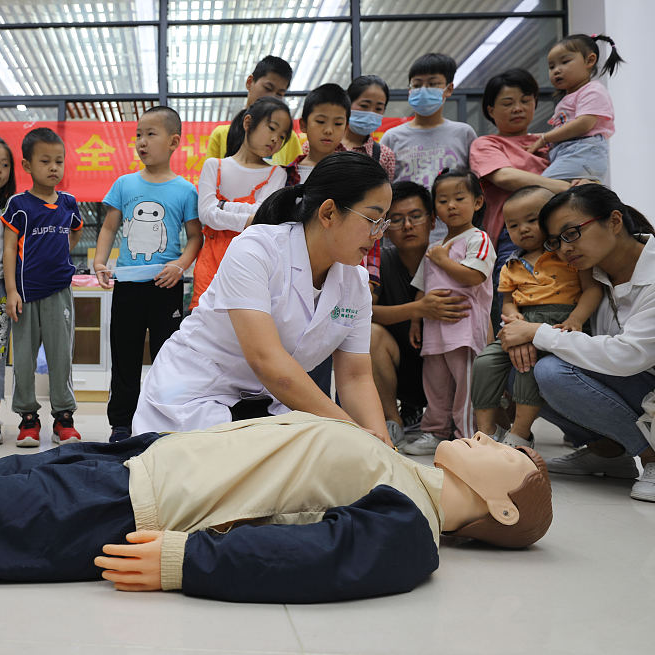
China makes CPR part of school curriculum CGTN
A camp for Chinese workers on the Canadian Pacific Railway, somewhere near Kamloops. Date: 1886. Author: Edouard Deville. Source: Royal BC Museum / BC Archives, B-09759. In 1881, British Columbia was finally getting its railway connecting it to the rest of the Dominion. The project had been on the drawing boards for a decade, bogged down by.

Chinese doctor voluntarily teaches passersby to perform CPR on street
Many of the Chinese workers were unprepared for B.C.'s harsh winters, especially at Port Moody where ice prevented supply ships from docking and, thus, providing the workers with some relief. It is estimated that more than 600 Chinese workers died during the building of the CPR—more than four for every mile of track.

HOW TO PERFORM CPR (Chinese) YouTube
The Canadian Pacific Railway (French: Chemin de fer Canadien Pacifique) (reporting marks CP,. The exact number of Chinese workers who died is unknown, but historians estimate the number is between 600 and 800. By 1883, railway construction was progressing rapidly, but the CPR was in danger of running out of funds..
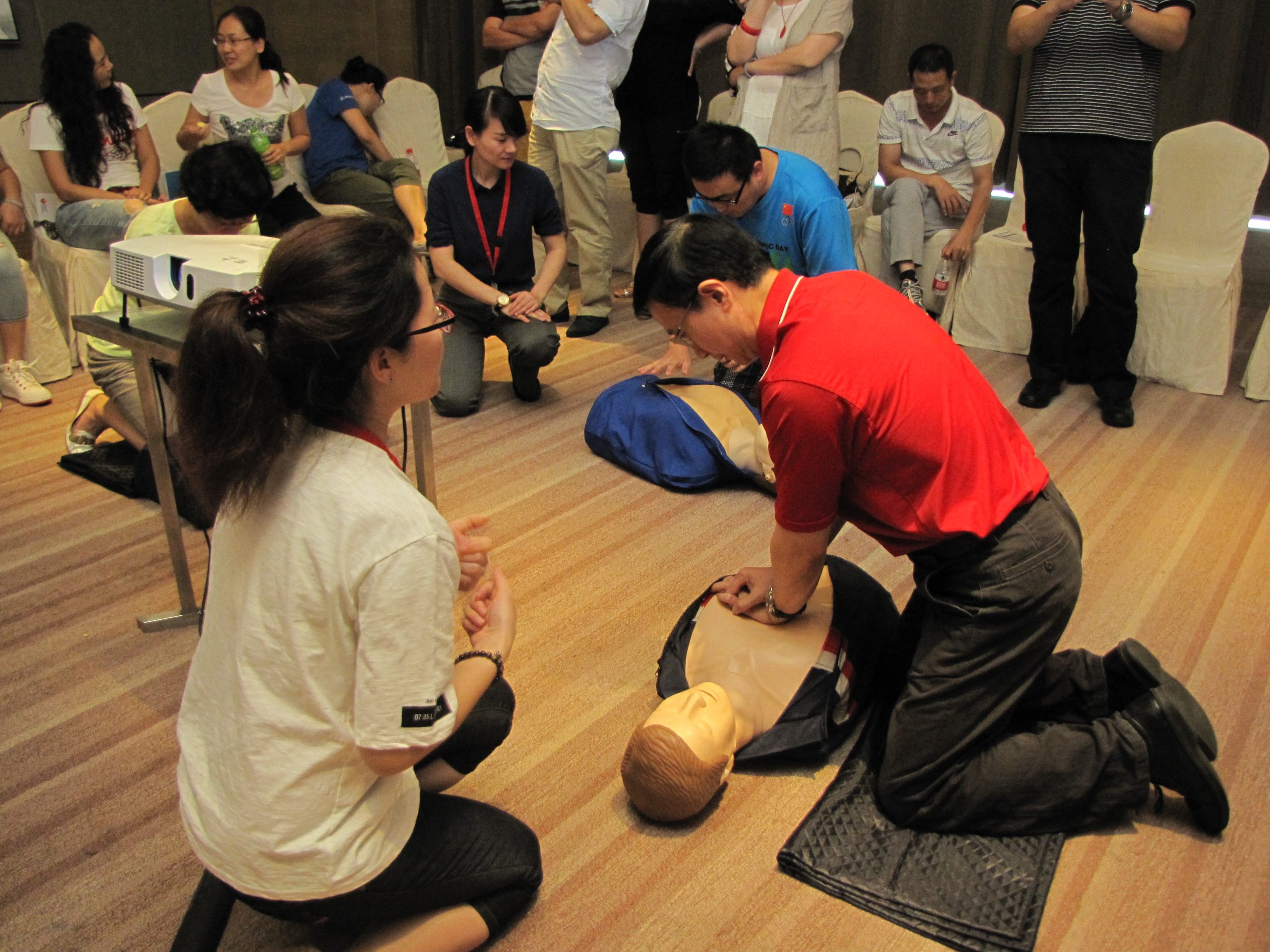
CPR Training Could Save Lives in a Workplace AmCham China
Over 17,000 Chinese came to Canada from 1881 through 1884. Several thousand came from the coastal areas of the United States where they helped build the American transcontinental railroad, but the majority arrived directly from southern China. While most of these arrivals worked as labourers on the railroad, exact numbers are unknown.

Chinese nurse goes viral after performing CPR in the rain YouTube
Photograph taken in 1883 shows housing built for Chinese Workers by the Canadian Pacific Railway in Fraser-Cheam, B.C.mountains of B.C. Image I-30869, Accession Number: 198401-006, 1883, courtesy of Royal BC Museum, BC Archives.. Chinese work gang, Canadian Pacific Railway tracks near Summit, British Columbia, William Notman and Son.

PPT Chinese Labourers and the CPR PowerPoint Presentation ID5261819
As part of our Building Canada 150 series, the Journal of Commerce and Daily Commercial News examined the history of Chinese labourers and Canada's first meg.
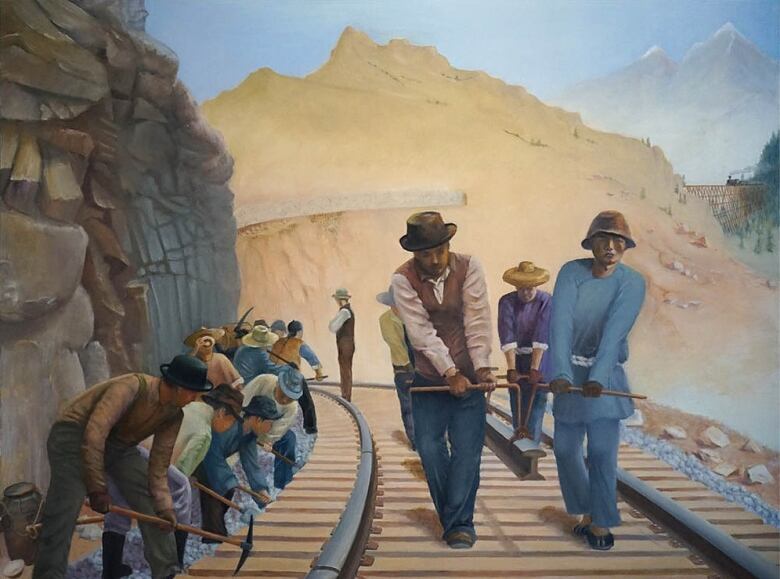
Social Studies 9 Ethical Dimensions of History CPR & The Chinese
Between 1881 and 1884, as many as 15,000 Chinese men came to B.C. to work as labourers on the CPR. They worked cheaply, at one-third the rate of other workers, and did the dangerous and deadly work white workers refused to do. Unneeded after the CPR was completed in 1887 some returned to China while others stayed to labour in menial, low-paying.

First Aid Safe Steps
The Ties That Bind: Building the CPR, Building a Place in Canada is a project of the Foundation to Commemorate the Chinese Railroad Workers in Canada (FCCRWC) in partnership with the Multicultural History Society of Ontario and the Canadian government through the Citizenship and Immigration Canada's Community Historical Recognition Program (CHRP).